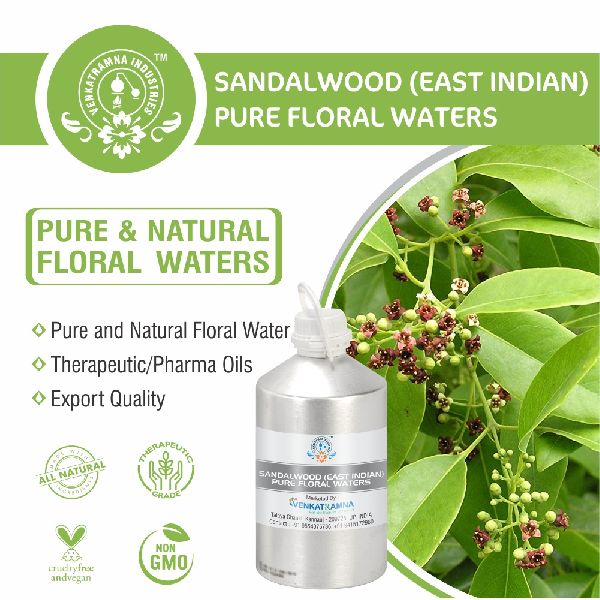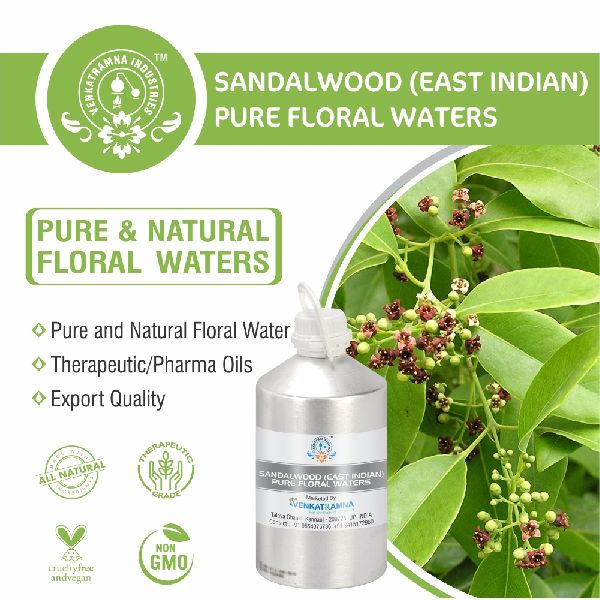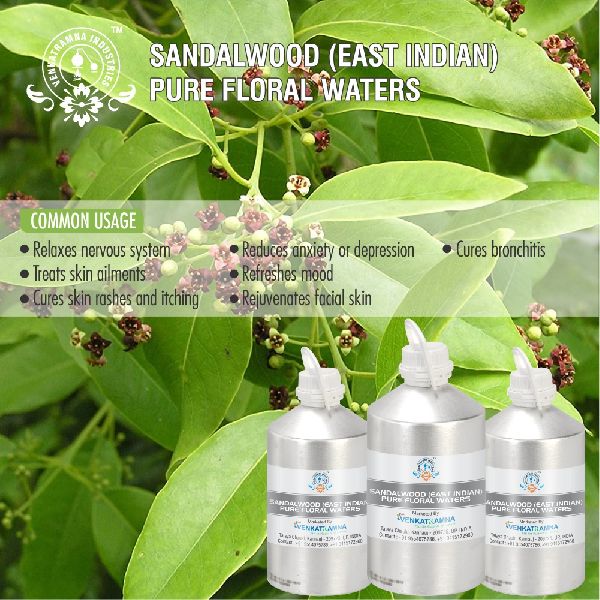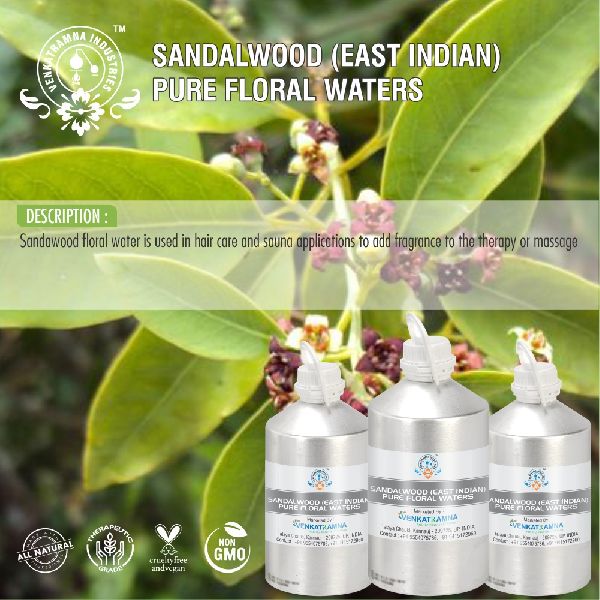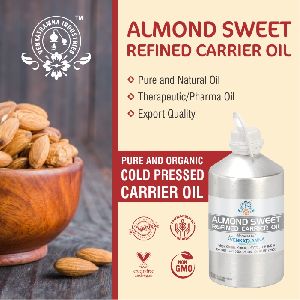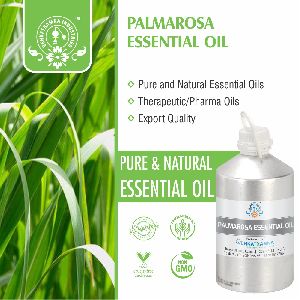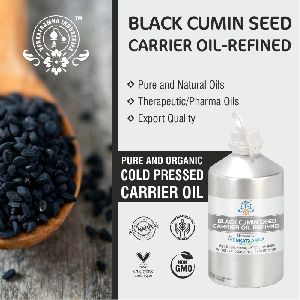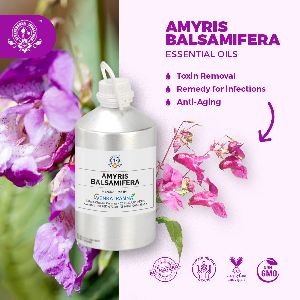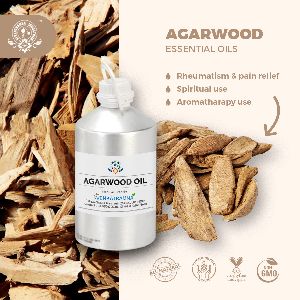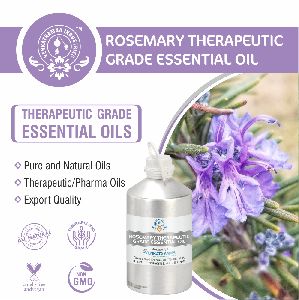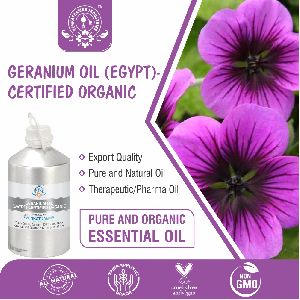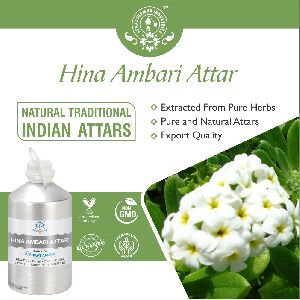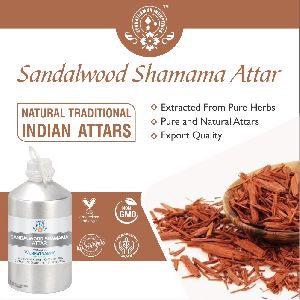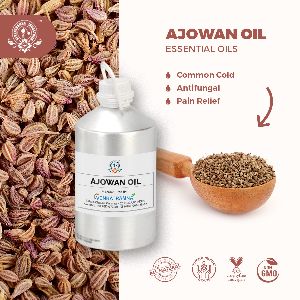Indra Nagar, Kanpur, Uttar Pradesh - GST No. 09AVOPS2676K1ZN
- Send SMS
- Send Email
Sandalwood Pure Floral Water
| Business Type | Manufacturer, Exporter, Supplier, Retailer, Wholesaler |
| Botanical Name | Santalum albums |
| Common name | Sandalwood |
| Plant family | Santalaceae |
| Click to view more | |
Preferred Buyer From
| Location | Worldwide |
Product Details
Floral water is obtained by the same process as the essential oil, namely by steam distillation of water.The flowers are crossed by water-steam. Once it is released from the container, the steam, which is enriched by the essential oil contained by the plants, is condensed in a coil that has been kept in cold.The recovered fluid is composed by essential oil and water: The floral water is the water naturally enriched by traces of essential oils (about 0.1%).The floral water concentration will be expressed as a percentage. A floral water at 50% means that 50 kg of dry plants were required to produce 100 kg of floral water.
Sandalwood oil, distilled from the heart wood and roots of the sandalwood tree, is one of the most valuable essential oils, valued by perfumers for its woody notes, providing a deep rich base note to perfumes and acting as a natural fixative. Sandalwood oils come from a range of species, and while they all have similar uses, quality and characteristics vary between the oils of the different species. The key species used for distillation of essential oils are listed below, with East Indian Sandalwood oil and Australian Sandalwood oil dominating supplies to the market:
- East Indian Sandalwood oil (Santalum album). The most well-known and oldest traded type of sandalwood, in use for thousands of years. Cultivation centered in India (it is native to the highlands of southern India and the Malayan Archipelago) with the center of production in India in Mysore. Its natural distribution extends down to Indonesia (particularly Timor), and it has been introduced into Australia and plantations established in the tropical northwestern areas – an estimated 8,000 ha with annual additions of around 1,000 ha; more recently it has also been introduced into a number of the S Pacific Islands and plantations established (Fiji, Tonga, Vanuatu, New Caledonia);
- Australian Sandalwood oil (Santalum spicatum, syn. Eucarya spicata). (Also referred to as West Australian Sandalwood oil). Native to the desert-like areas of SW Australia, close to Perth. Substantial plantations have also now been established – around 15,000 ha with annual additions of 1-2,000 ha. A second sandalwood species, S. lanceolatum, is also found in Australia, principally in Queensland, NSW, and northwestern part of Western Australia, but is little used commercially.
- Santalum paniculatum. Only found in Hawaii. Around 7,000 ha reported to be under sustainable management. Commercial oil now coming onto the market.
- Santalum yasi. Found in Fiji, Samoa and Tonga. Traditionally included in mixed cropping agroforestry cultivation systems. The species hybridizes readily with S. album resulting in variable quality of oil depending on the source trees.
- Santalum austrocaledonicum. Found in Indonesia, Papua New Guinea, New Caledonia.

